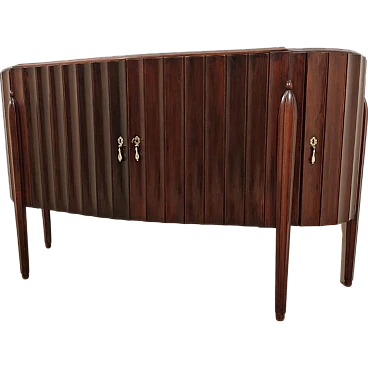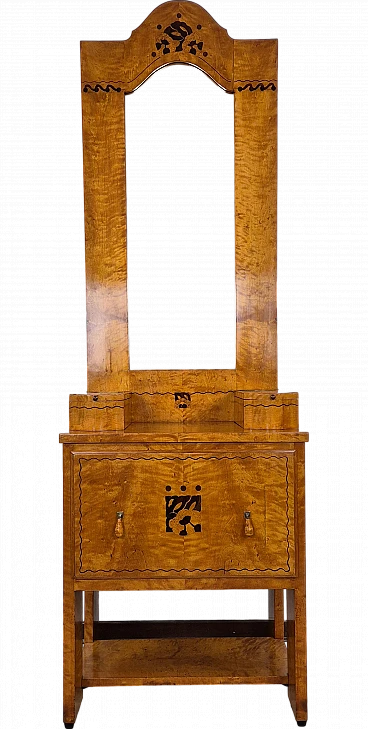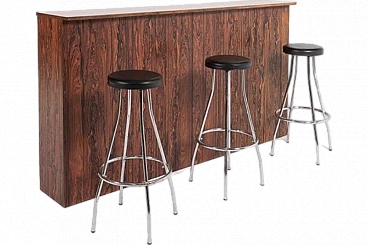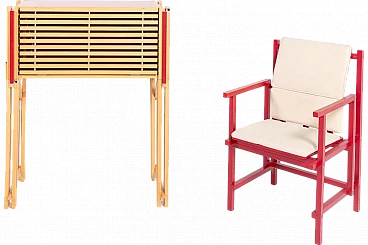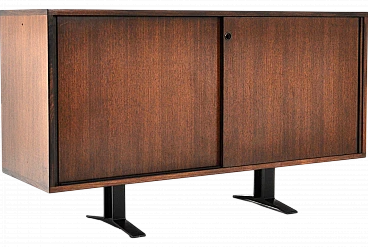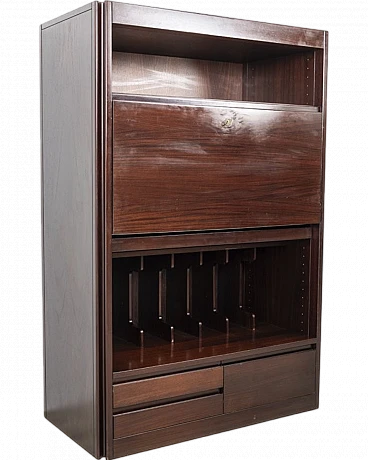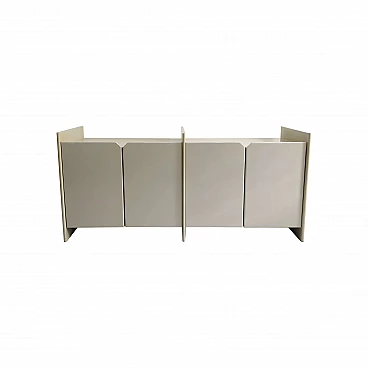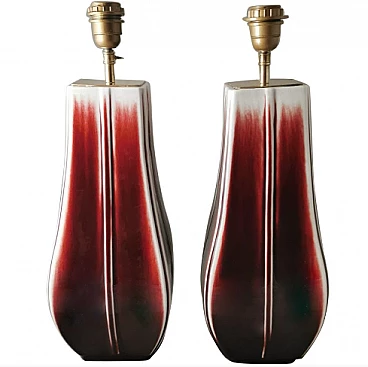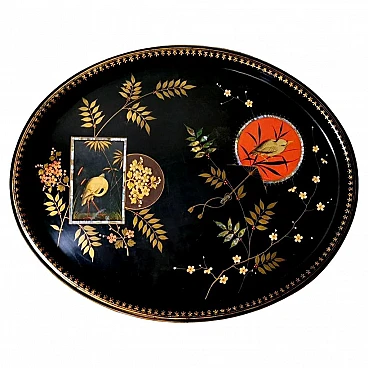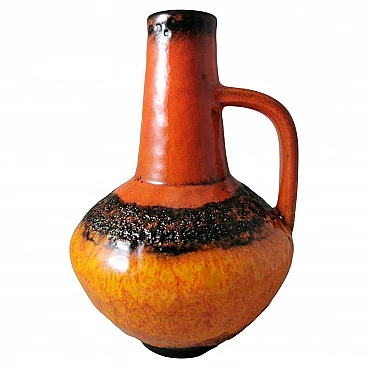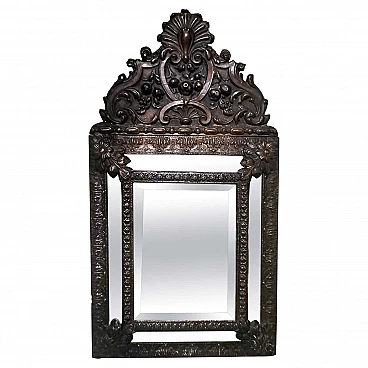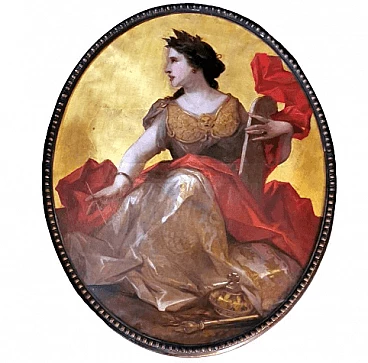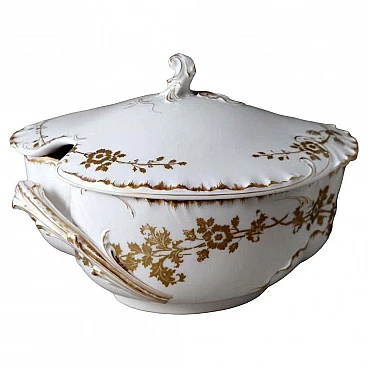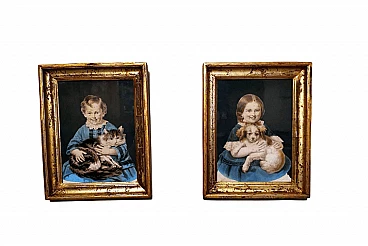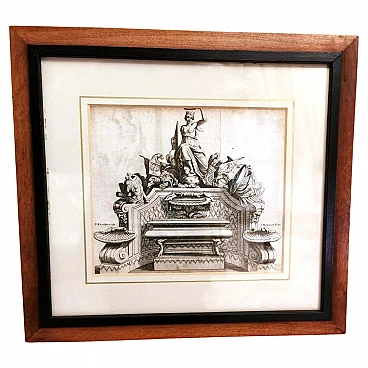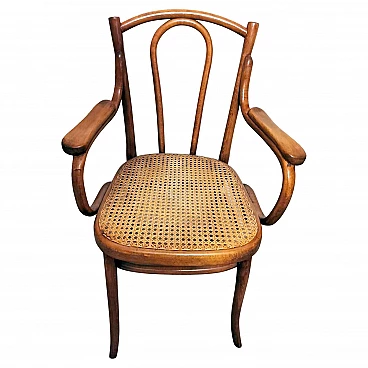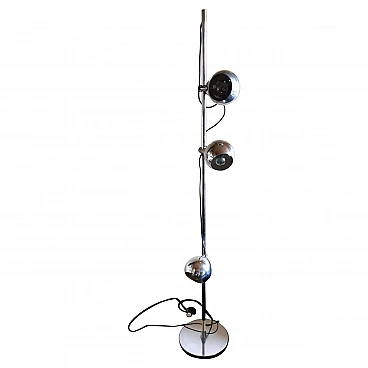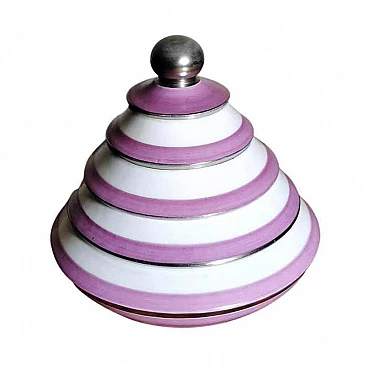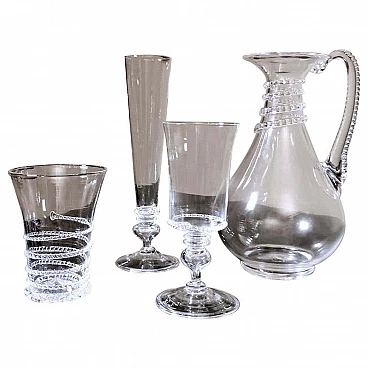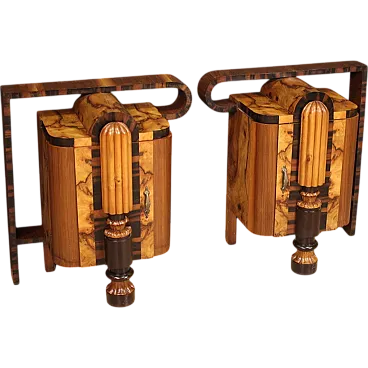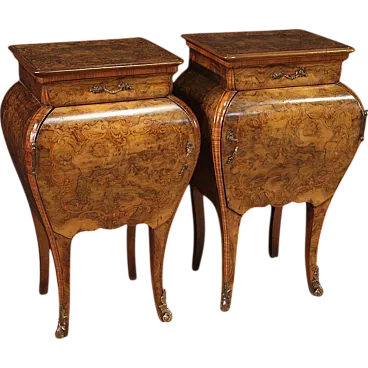Louis XIV Venetian sideboard in lacquered and painted wood made between the late 17th century and the early 18th century. The article will be viewed at the Superintendence of Fine Arts in Florence, so it will be even more embellished by the Certificate of the prestigious headquarters in Florence. Important and rare lacquered and painted Venetian sideboard. The piece of furniture has an undulating and elegantly indented trapezoidal shape, it has two large doors which, once opened, reveal a large internal space divided by a vertical partition and two horizontal planes; this subdivision was made in later periods as was the entire internal lining for which a yellow fabric was used. The exterior in the upper part has a top made of a single shaped piece with soft and refined lines. The entire piece of furniture and the solid base follow the wavy profile of the top, giving the sideboard lightness and delicacy. The exquisite original lacquer has soft and delicate colors; the refined and graceful floral decorations on the doors are also repeated on the concave sides, producing a wavy and extremely refined effect. The piece of furniture, made of soft wood, probably spruce, is in patina with the original irons of the time. It was made between 1695 and 1710 in an artisan carpentry workshop in Venice. In fact, Venetian lacquered furniture was mainly produced in the lagoon city, which was an important production center for this type of furniture during the Renaissance and Baroque periods. The Venetian artisans' workshops were famous for their craftsmanship in creating high quality lacquered furniture, such as wardrobes, sideboards, desks and tables. These pieces of furniture were often made on commission for nobles, aristocrats and churches, and were used to embellish palaces and prestigious residences. The end of the 1600s and the beginning of the 18th century are characterized by the opposition between the cold, opulent rigor of late Mannerism and the more grandiose and astonishing Baroque that was emerging. The furniture, while remaining steadfast in its tradition, was affected by the decline of the characteristics of sobriety and balance that had given Europe the measure of the Renaissance. The lines of the furniture are sober and straight but gradually tend to soften. The characteristics of utility give way in the face of the increasingly important value of decoration. One of the most important characteristics of Italian furniture of this period is the art of lacquering, known and practiced in the Far East by the Chinese and Japanese since ancient times. Europe only began to take an interest in it at the beginning of the 17th century. The lacquers are composed of various essences, mixed resins and various oils. In France, Italy or England lacquers are never as hard as oriental ones. This diversity consists mainly in the preparation with plaster and glue. In Italy, the wood preferred by lacquerers is Swiss stone pine, which has the characteristic of being light, soft and lends itself obediently to all the stylistic adaptations that distinguish the era. The wood was left well seasoned and cut into solid curved strips which, when superimposed, created the shaft of the piece of furniture, which was then sent to the lacquerer for decoration. The surfaces to be decorated where any openings and cracks had occurred, due to sudden changes in temperature or for other reasons, were covered with a strip of glued canvas. The stem of the piece of furniture was then plastered again everywhere with a layer of glue so that the wood could absorb it, closing its pores; then several layers of plaster and glue were given until a homogeneous surface was obtained, which was smoothed with very fine sandpaper. This is the preparation technique of Venetian furniture, which has a very thick stucco and glue coating compared to a couple of layers of lacquered furniture from Genoa, Piedmont and other Italian regions. Once the preparation of the plaster was finished, a layer of background or color was applied with tempera, after which the actual decoration proceeded. Once this and the gilding were finished, several layers of sandracco varnish were passed, that is a rubbery complement to the varnish, which with its characteristic straw color chromatically modified the lacquering. Depending on the layers of this varnish, a warm and transparent tone could be obtained; for example a particular yellow was obtained by passing sandracca on a white background, and the classic greenish was the result of one or more layers, depending on the desired effect, on a blue background. Lacquered furniture was a privilege of the wealthy classes and in Venice the great painters of the time (Guardi, Tiepolo, Zuccarelli and Zais) received commissions to decorate apartments and consequently create lacquered furniture cartoons. This furniture was highly appreciated for its beauty and was used as fine furniture in the aristocratic residences of the time. The sideboard is in good original condition and has not undergone major restorations, only touch-ups or small repairs inside.
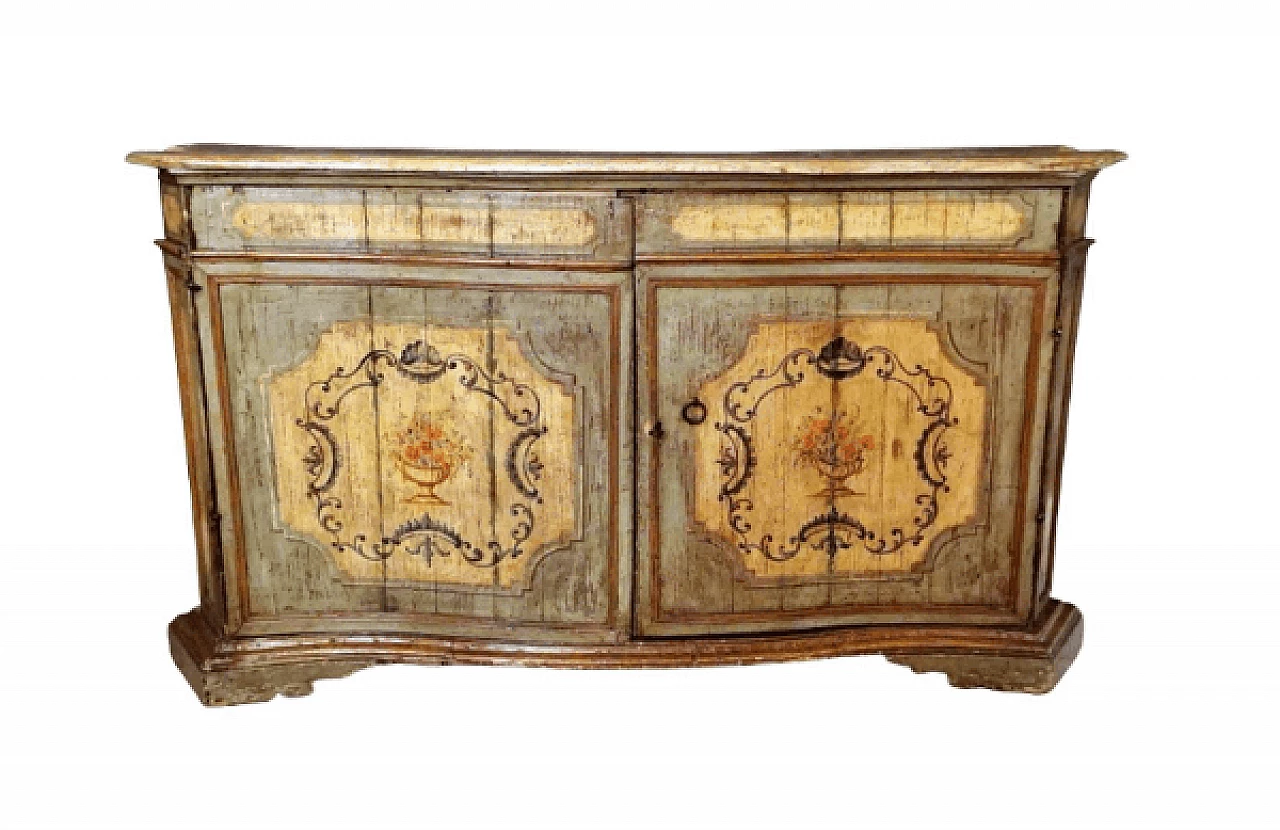
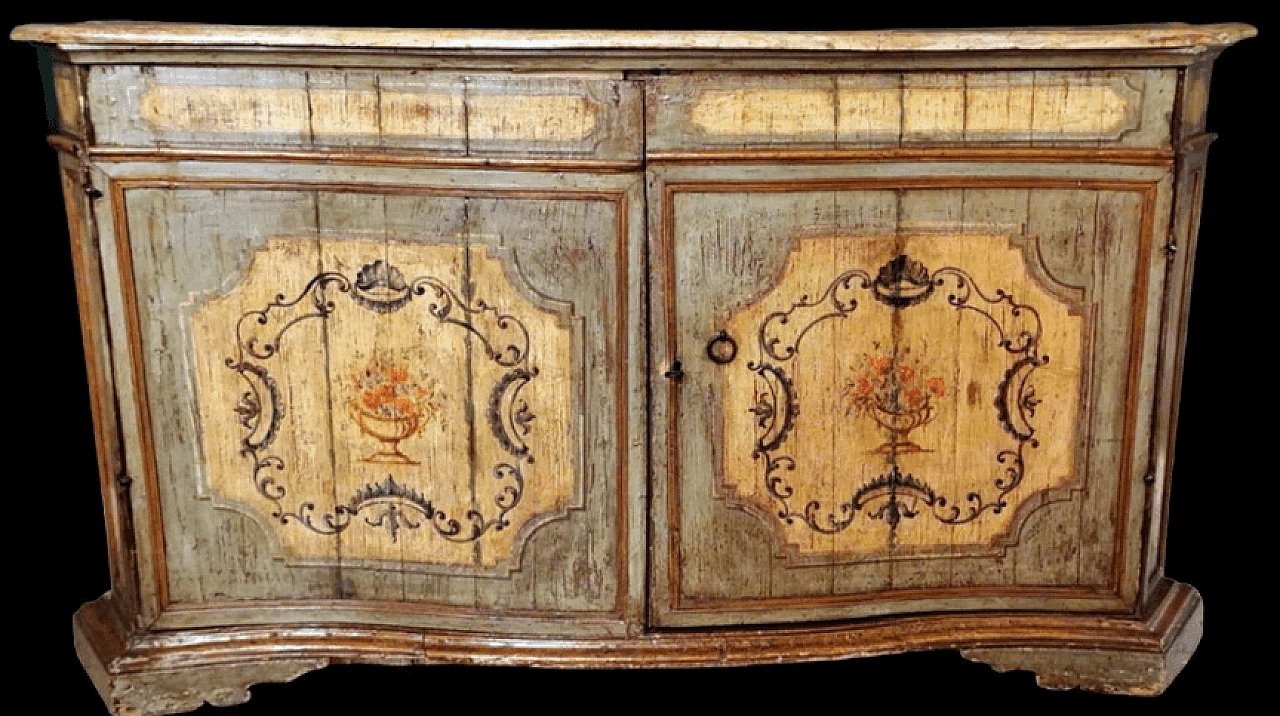
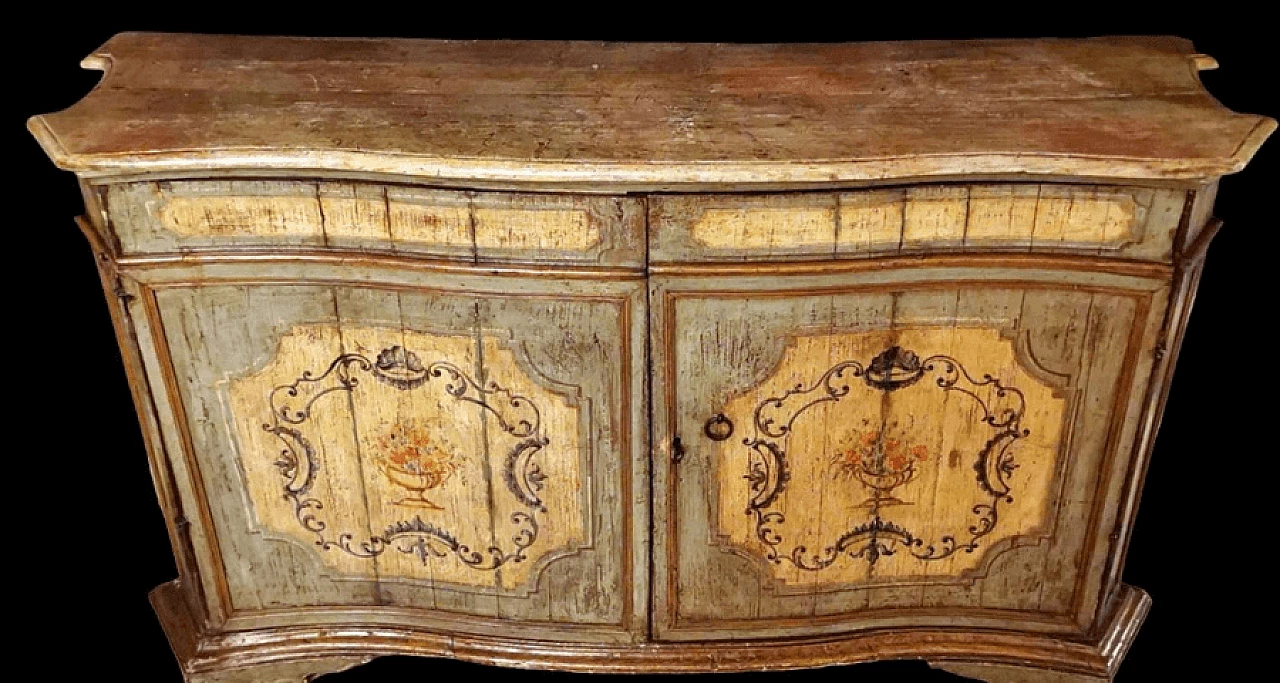
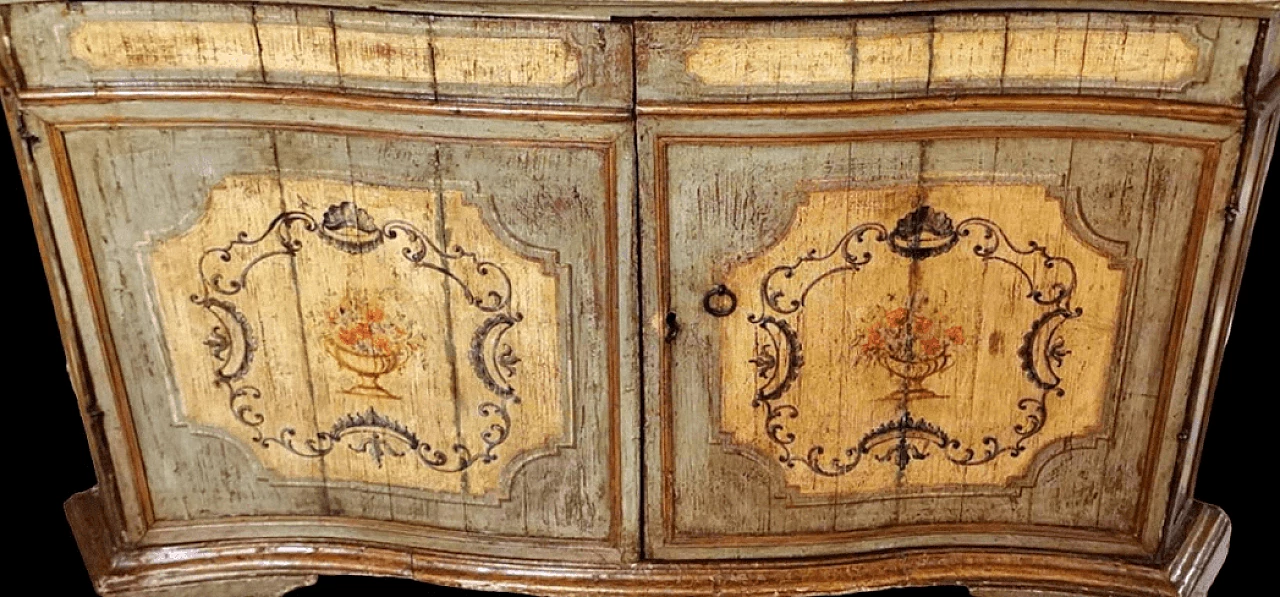
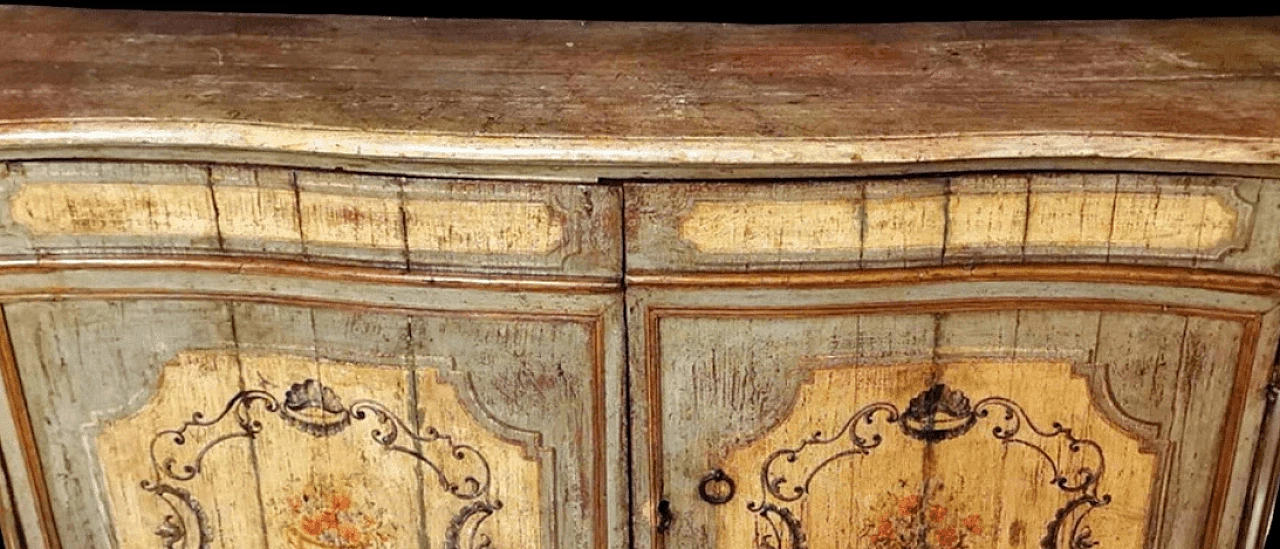
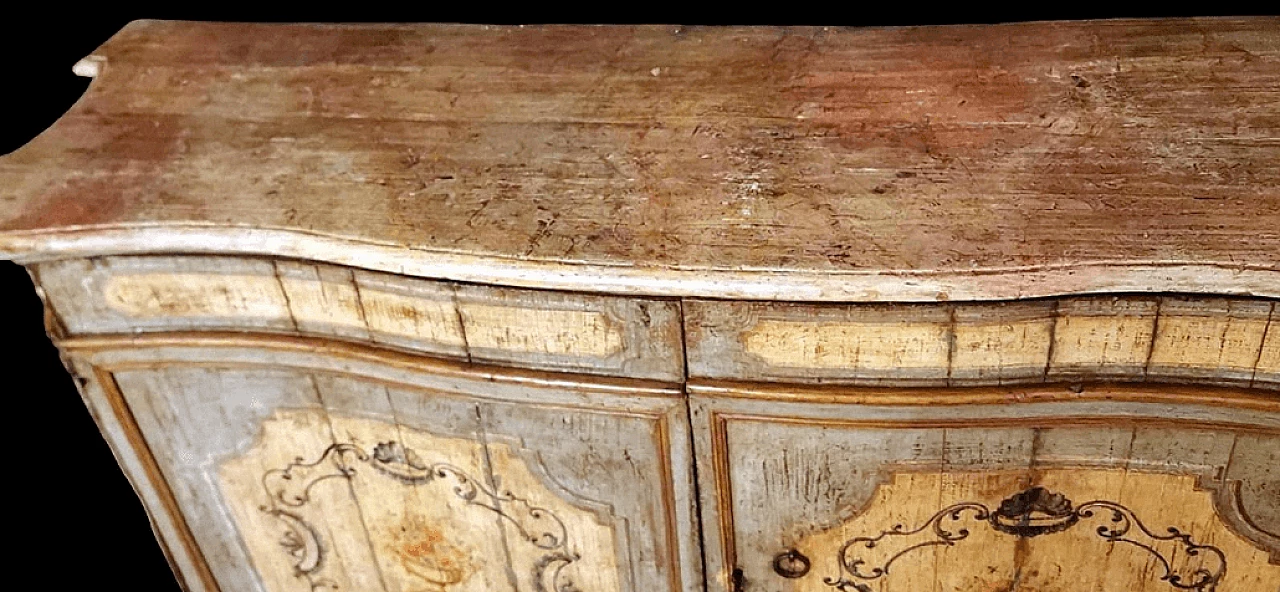
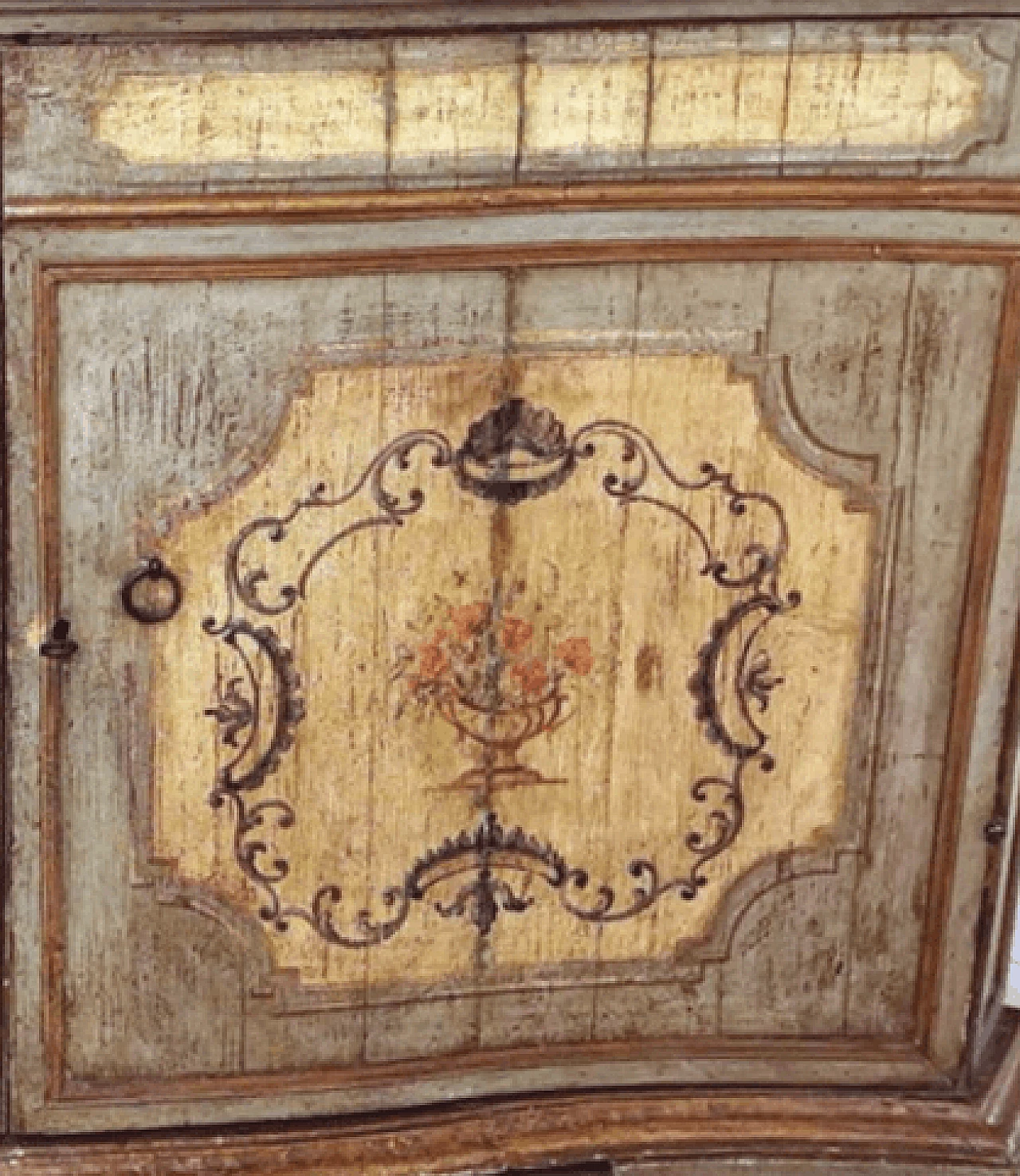
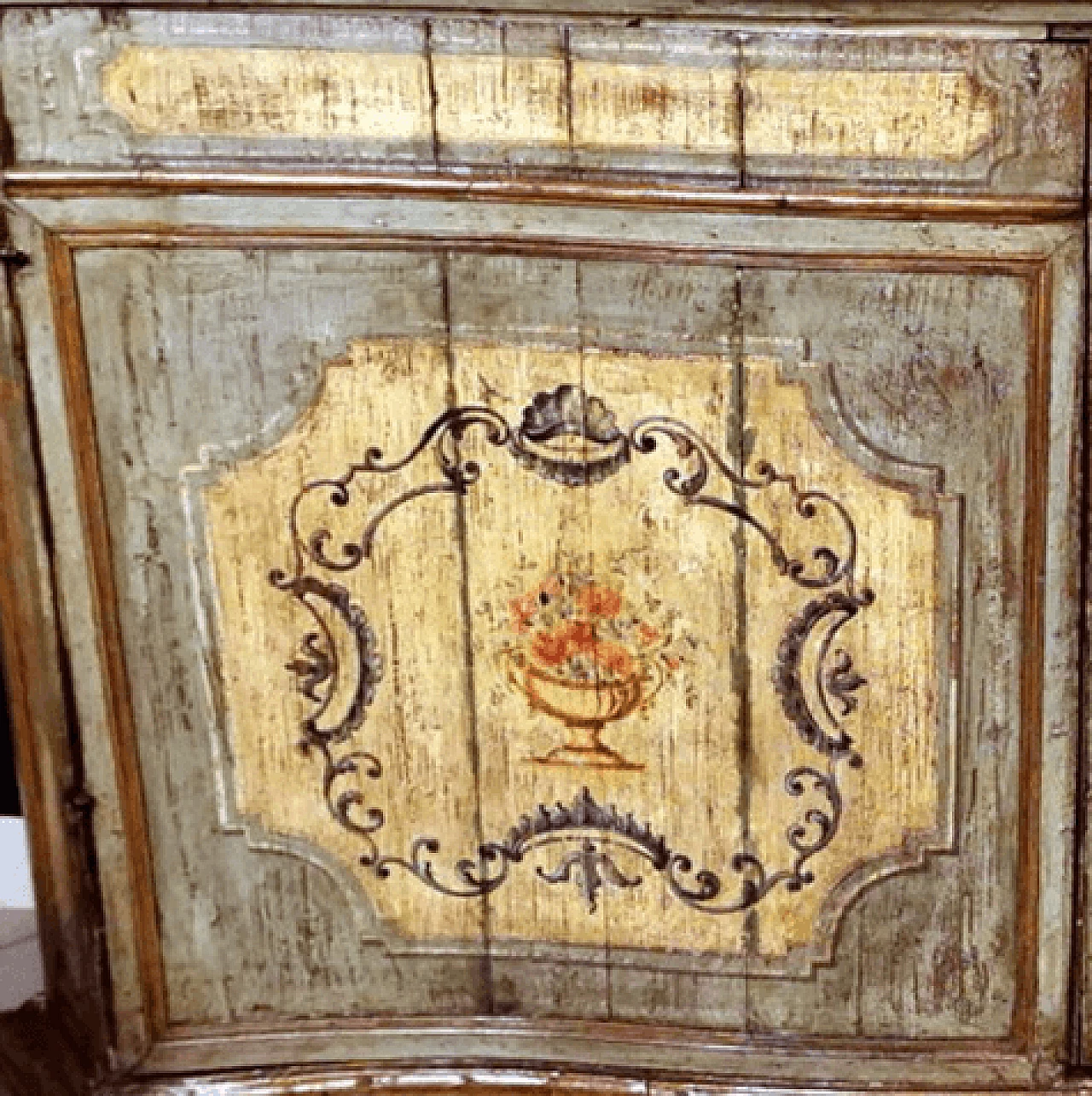
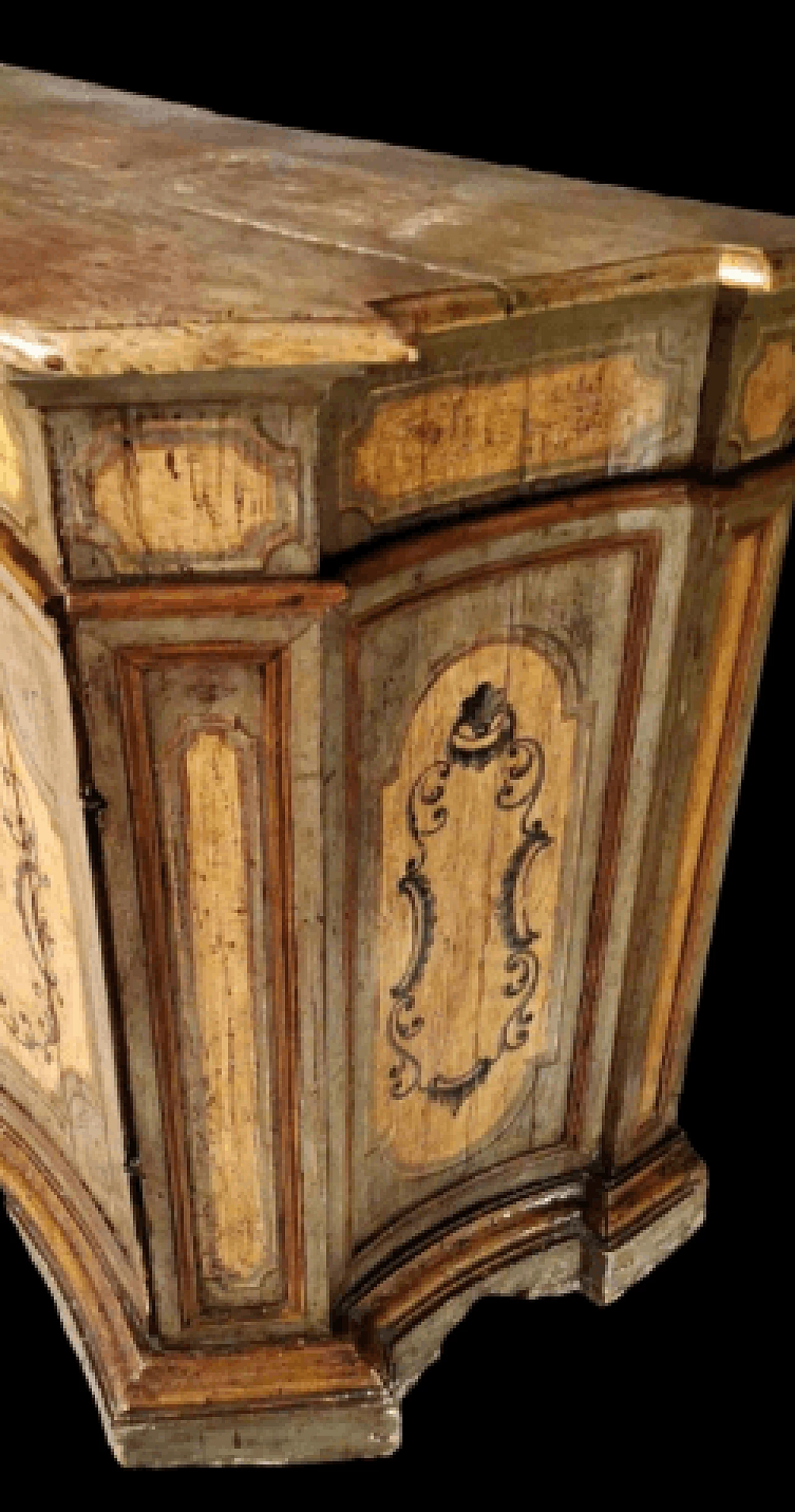
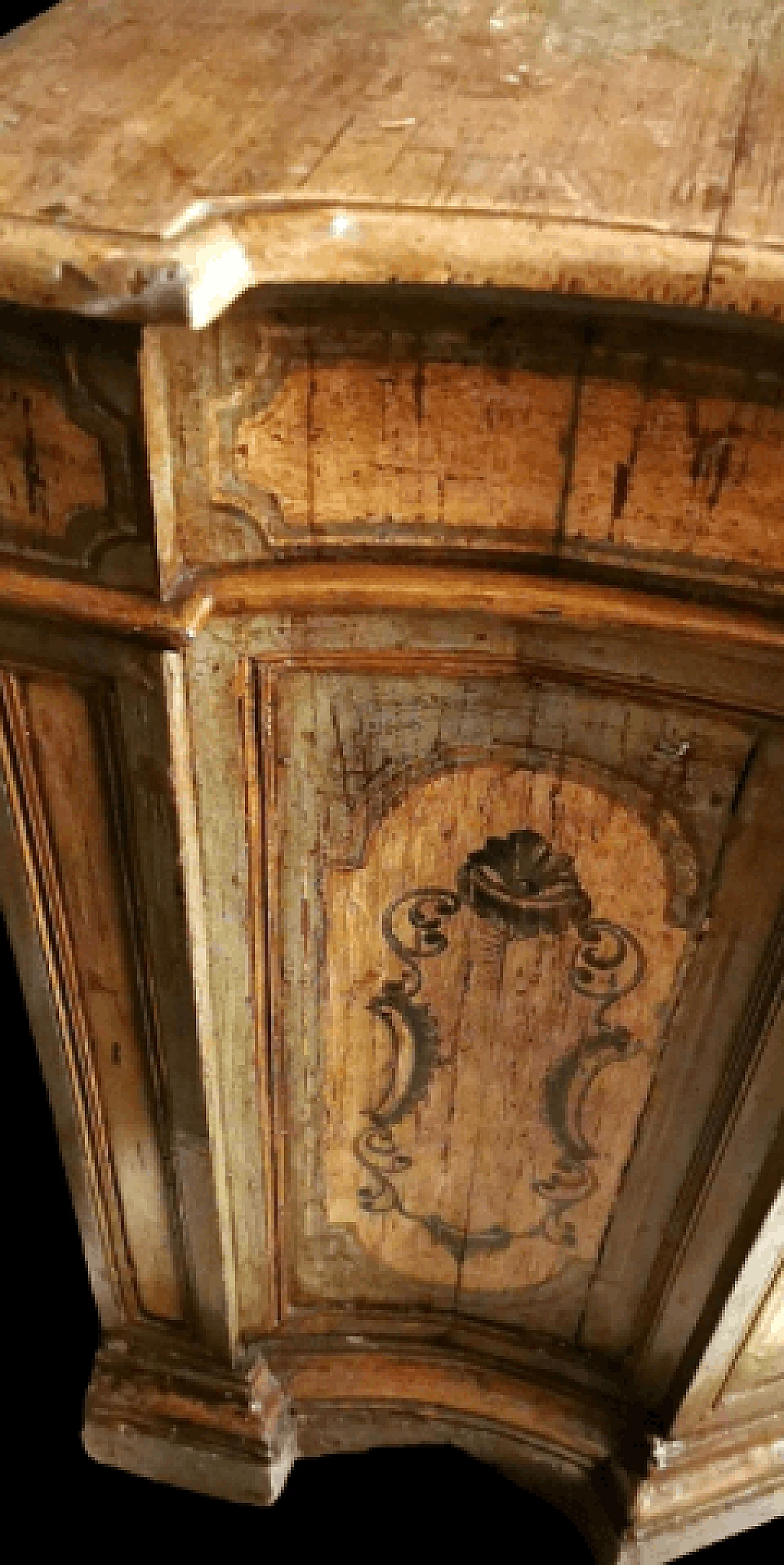
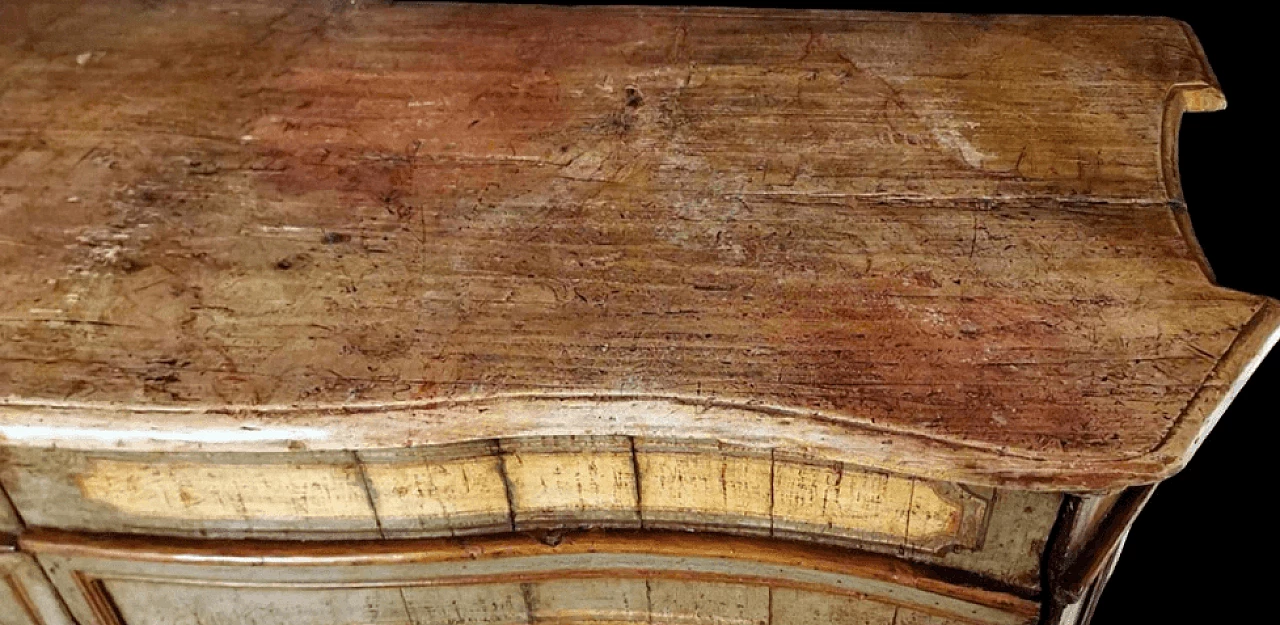
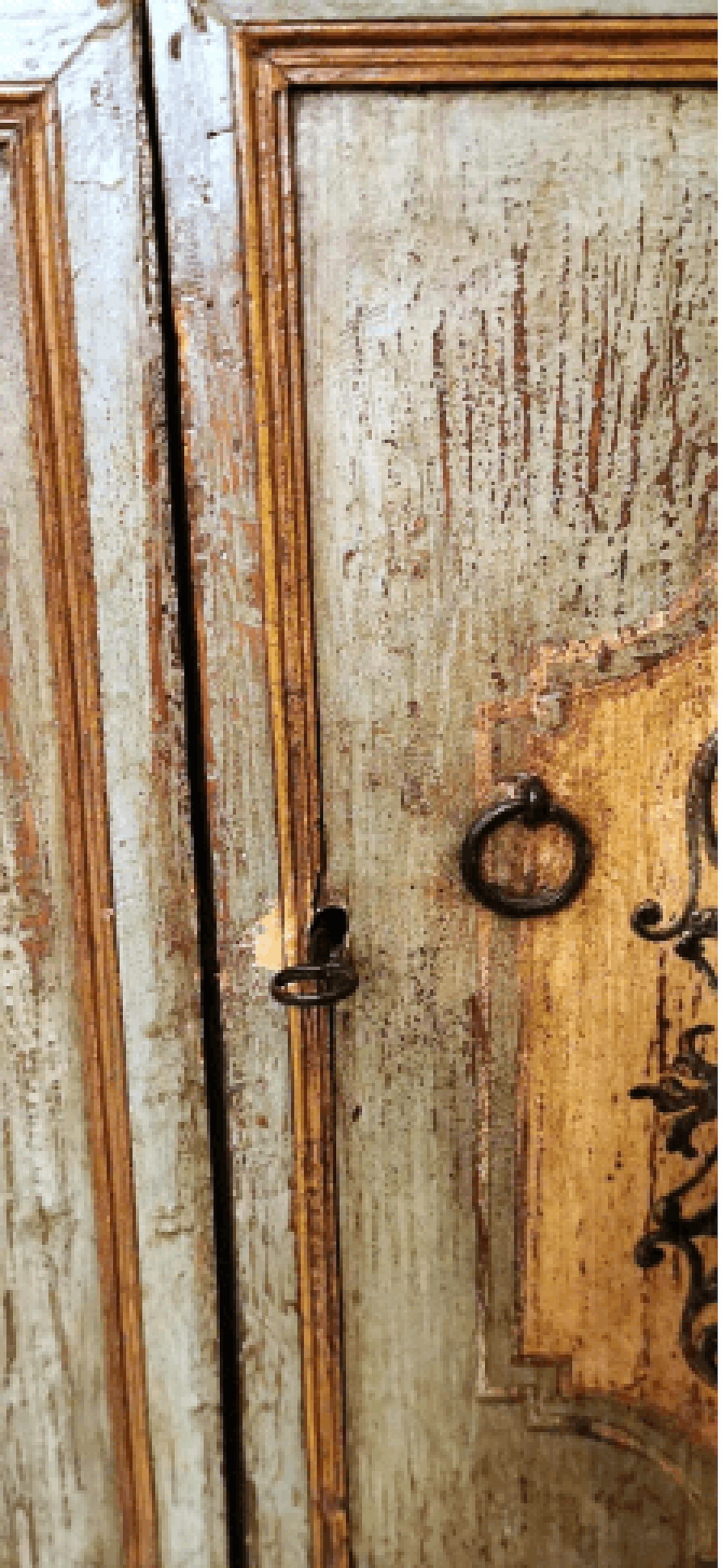
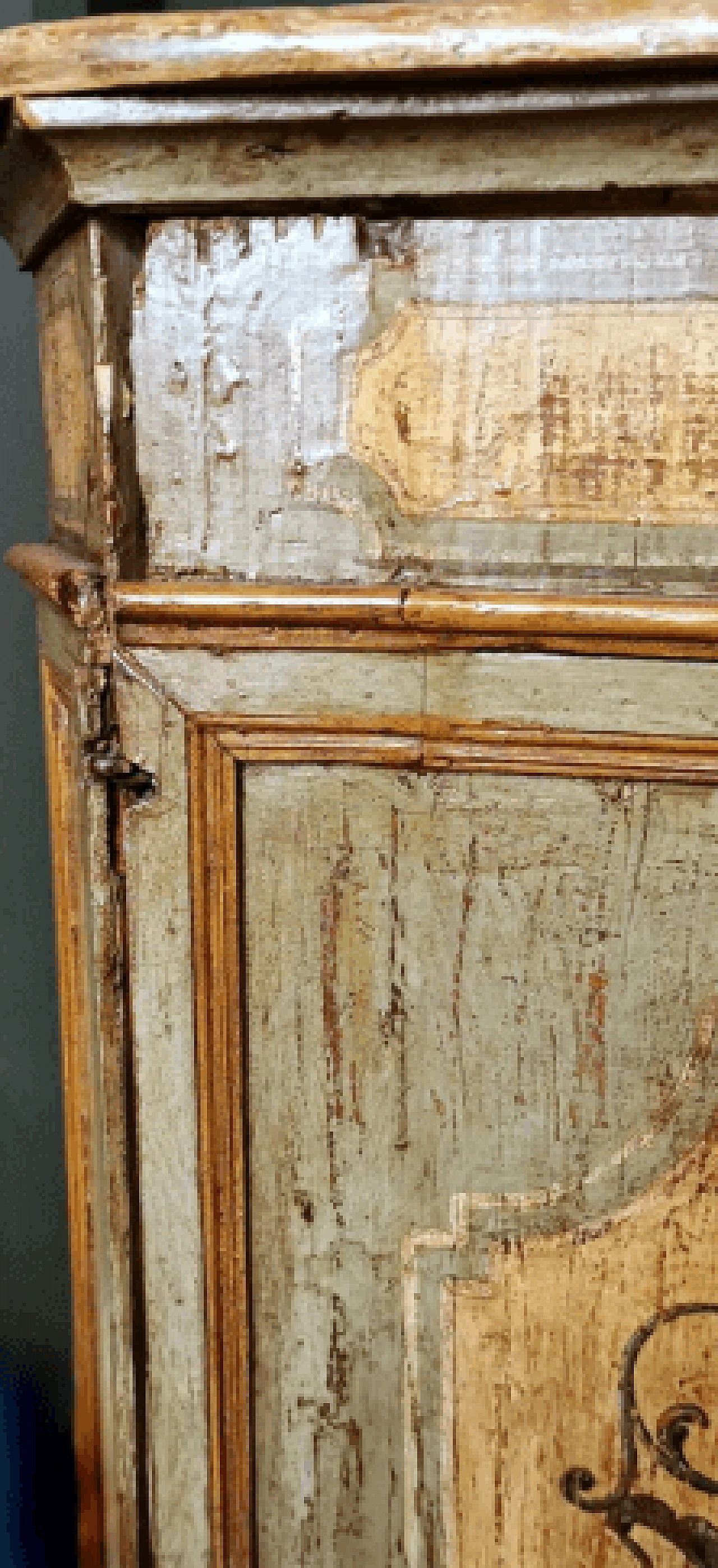
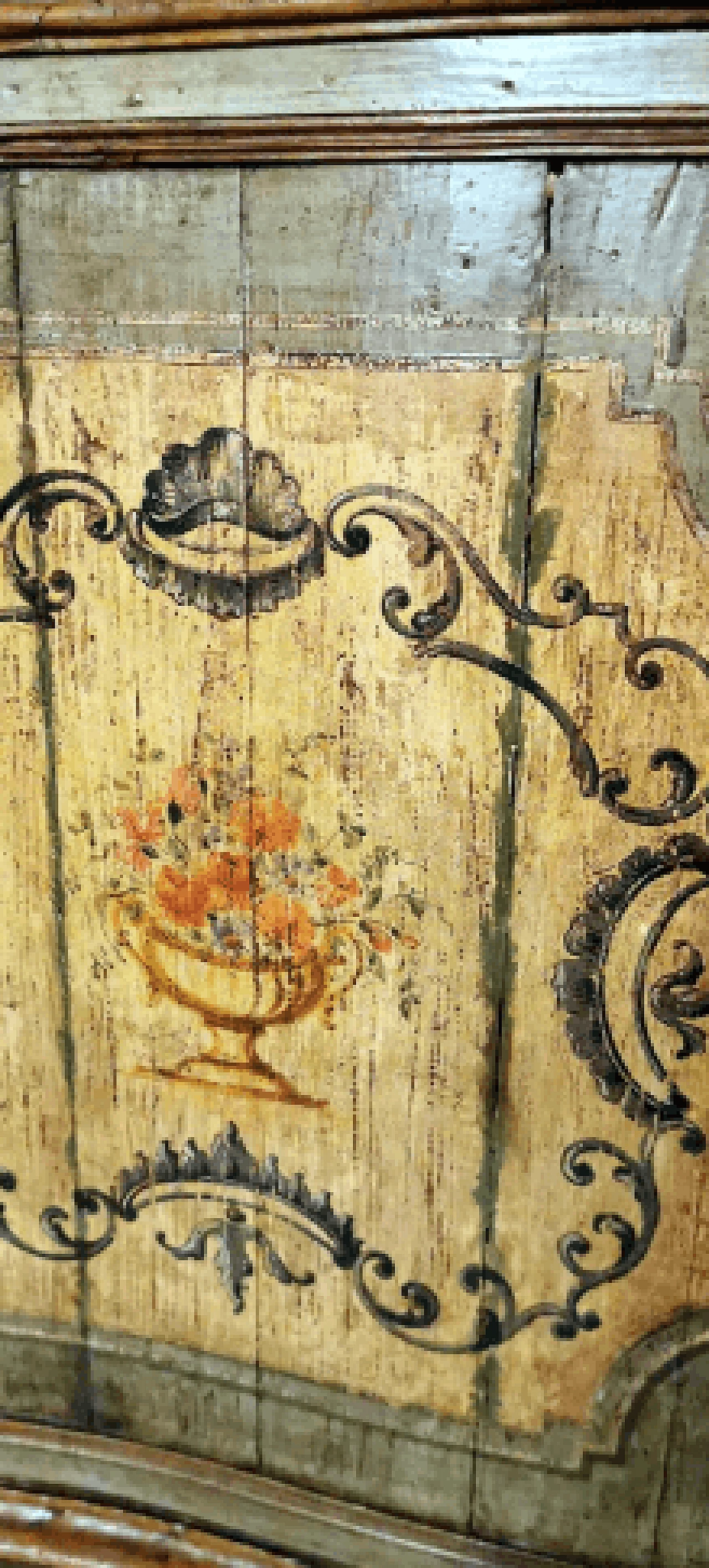
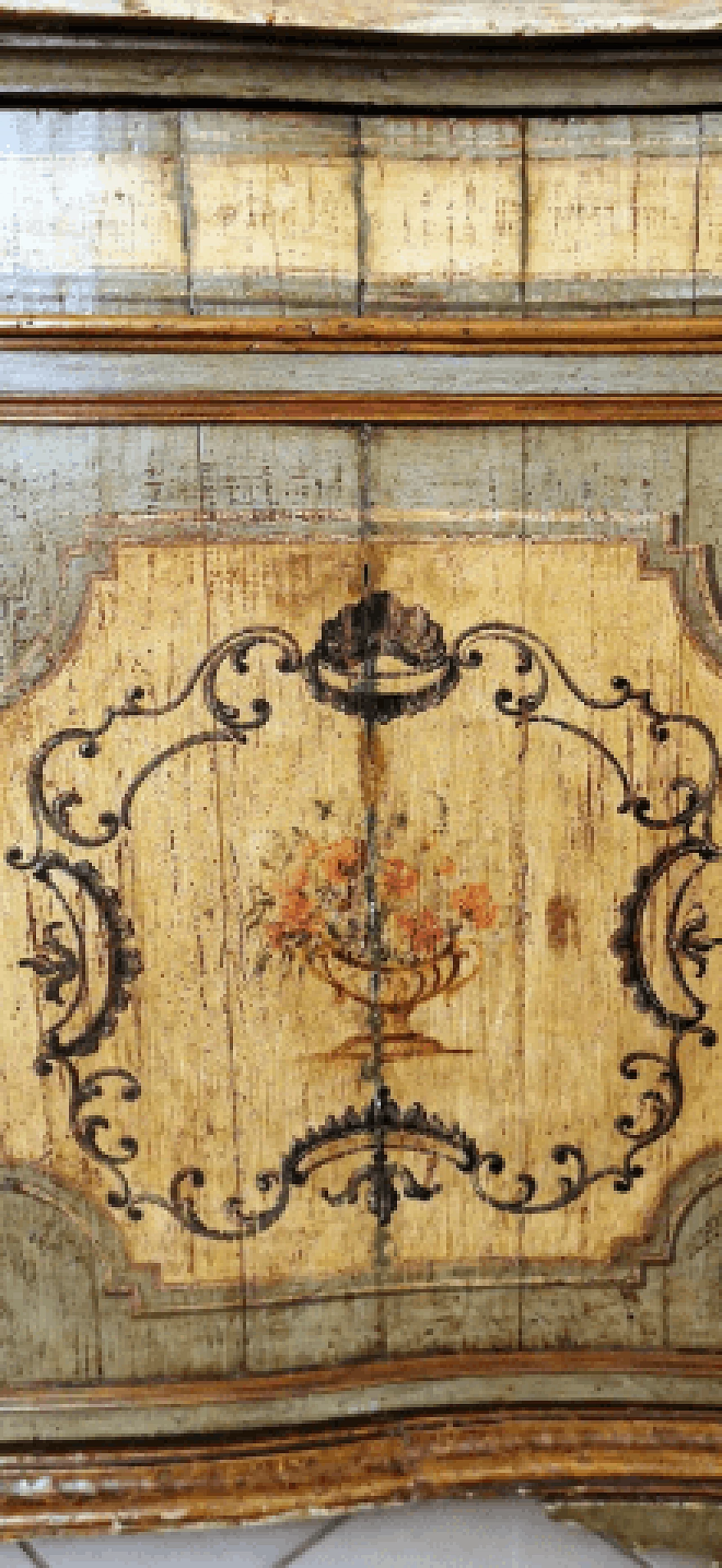
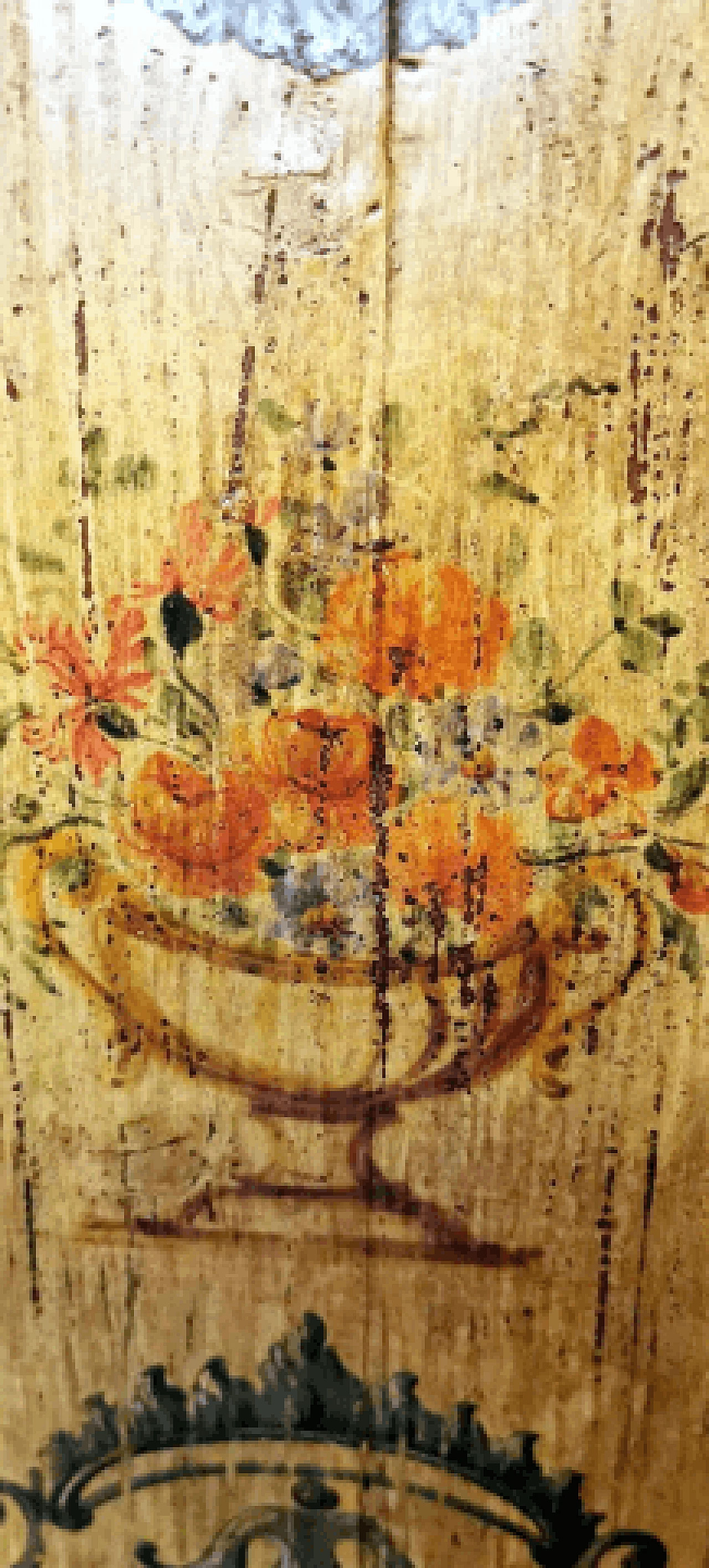
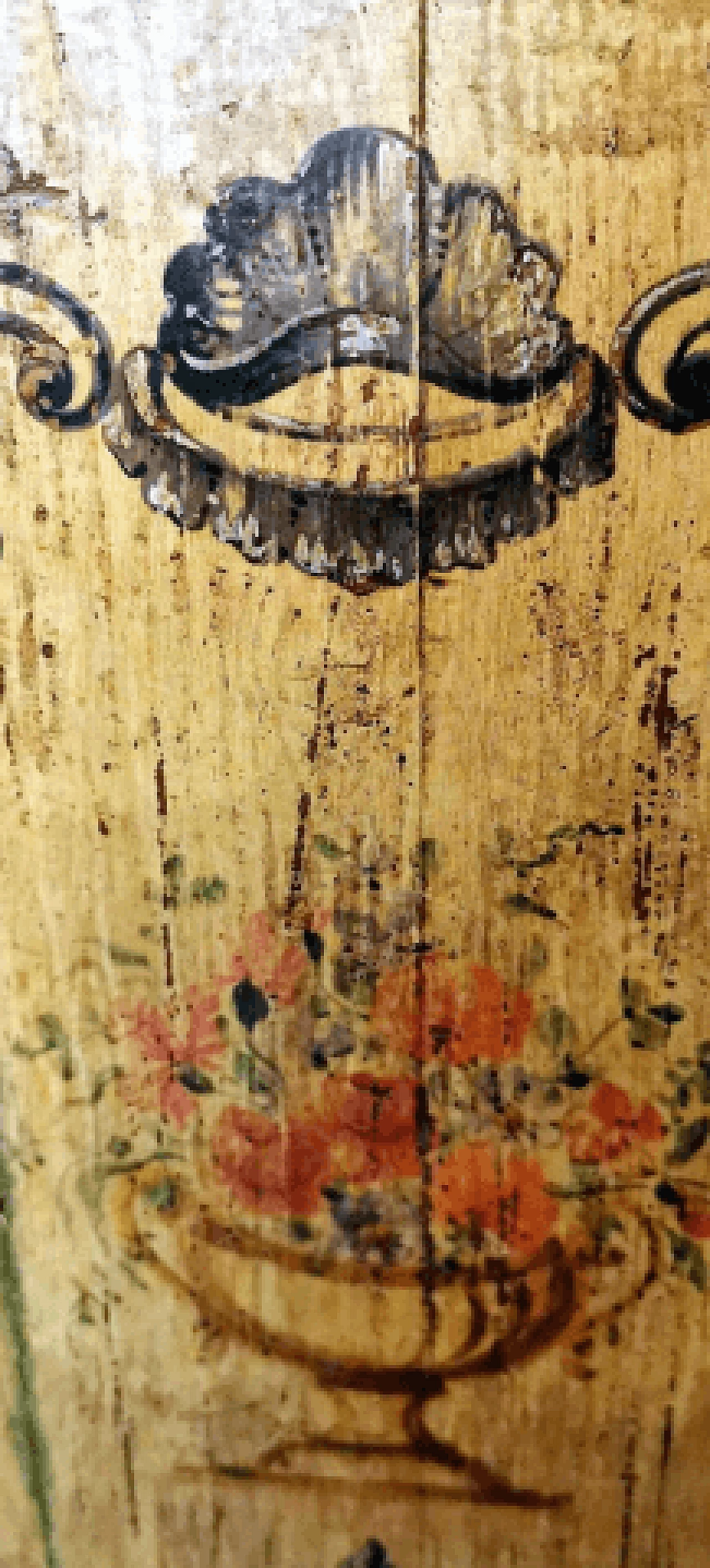
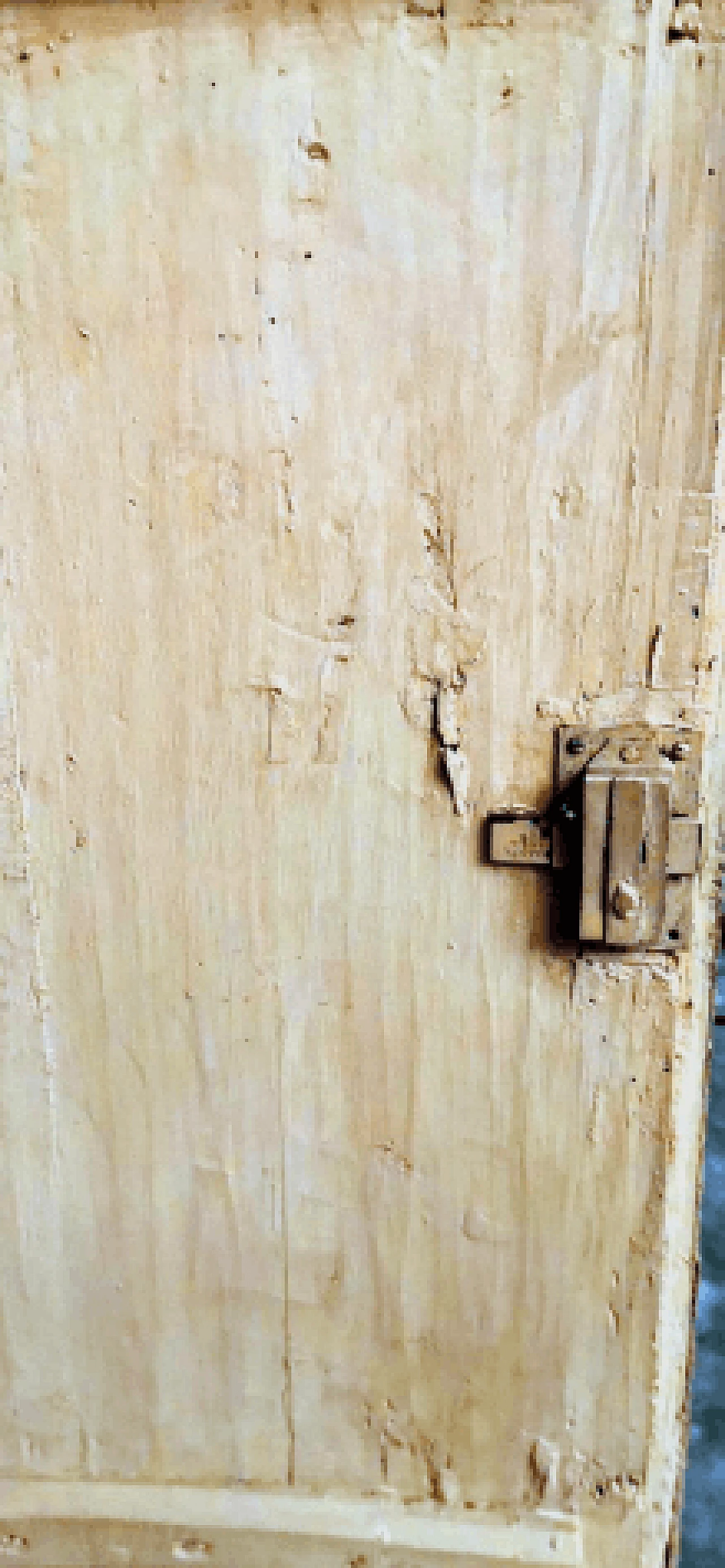
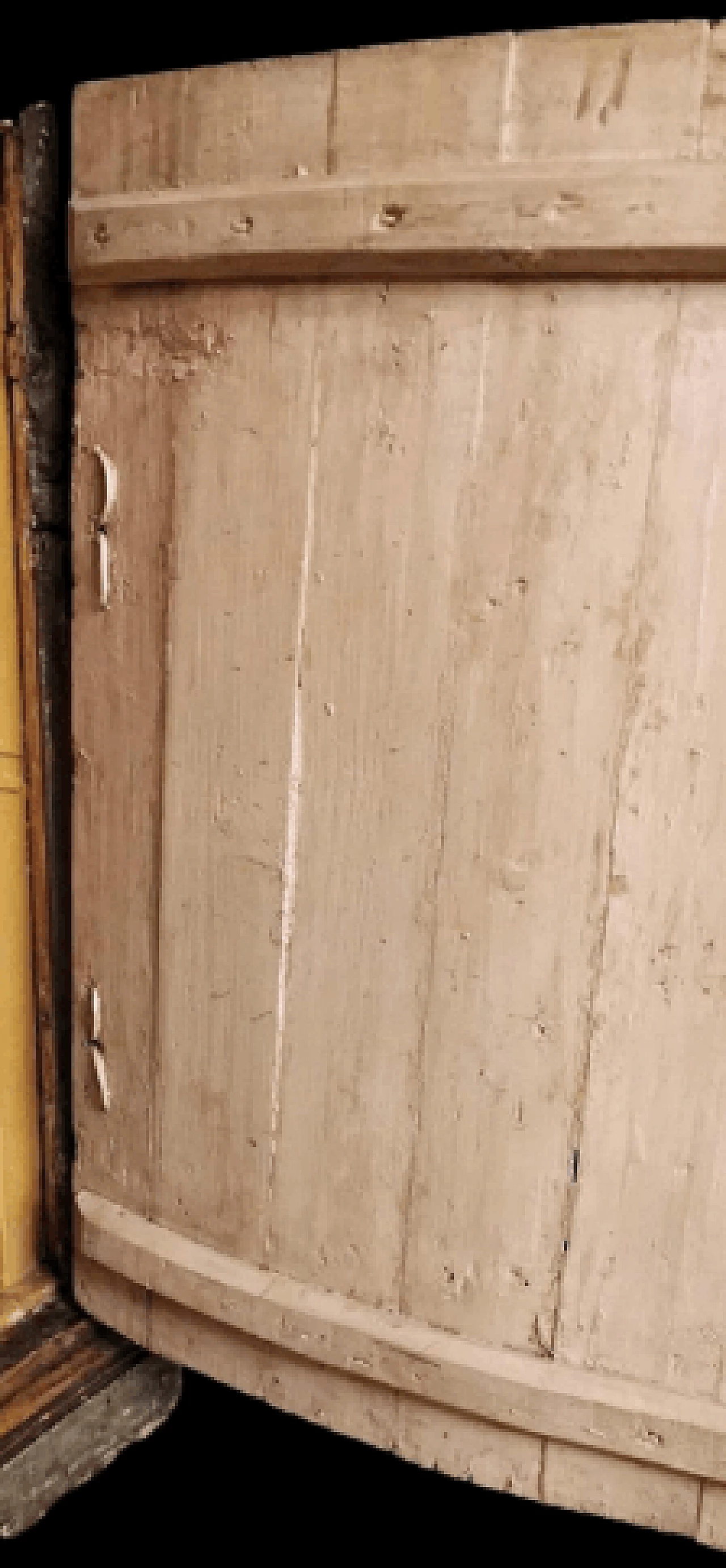
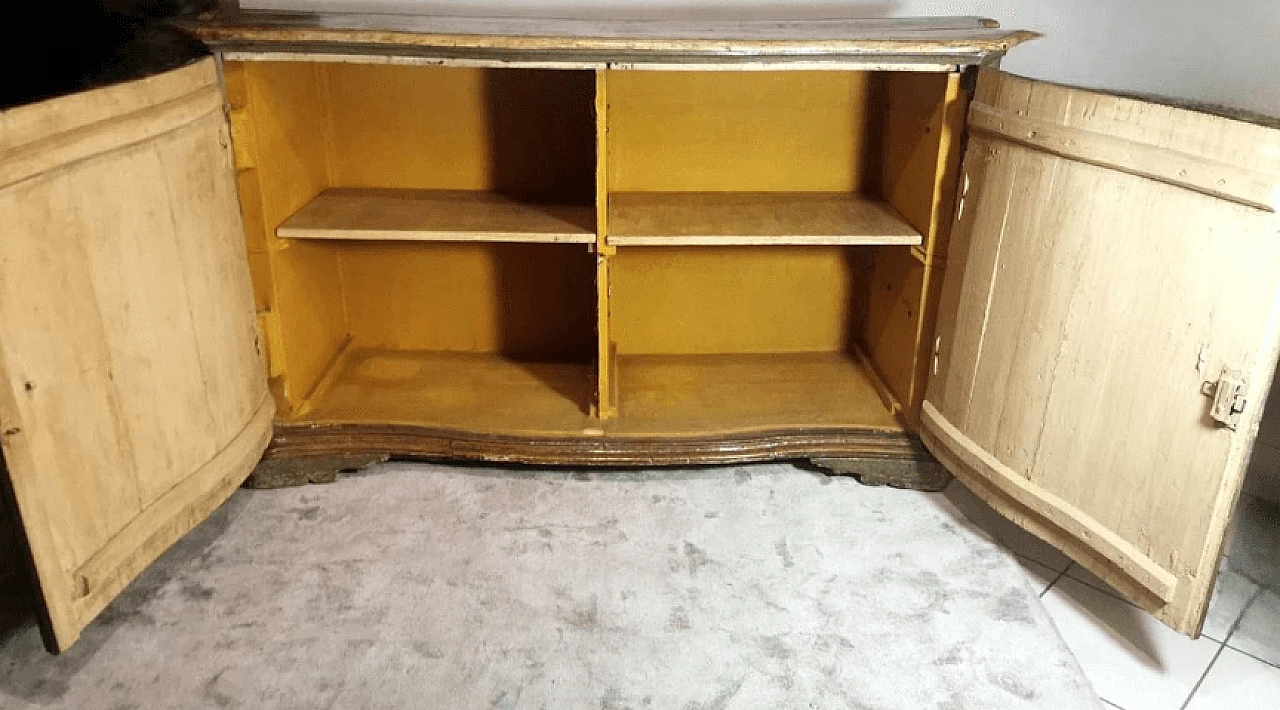
 SILVER Seller in Prato, Italy
SILVER Seller in Prato, Italy






.png)






-Photoroom-thumb.webp)
